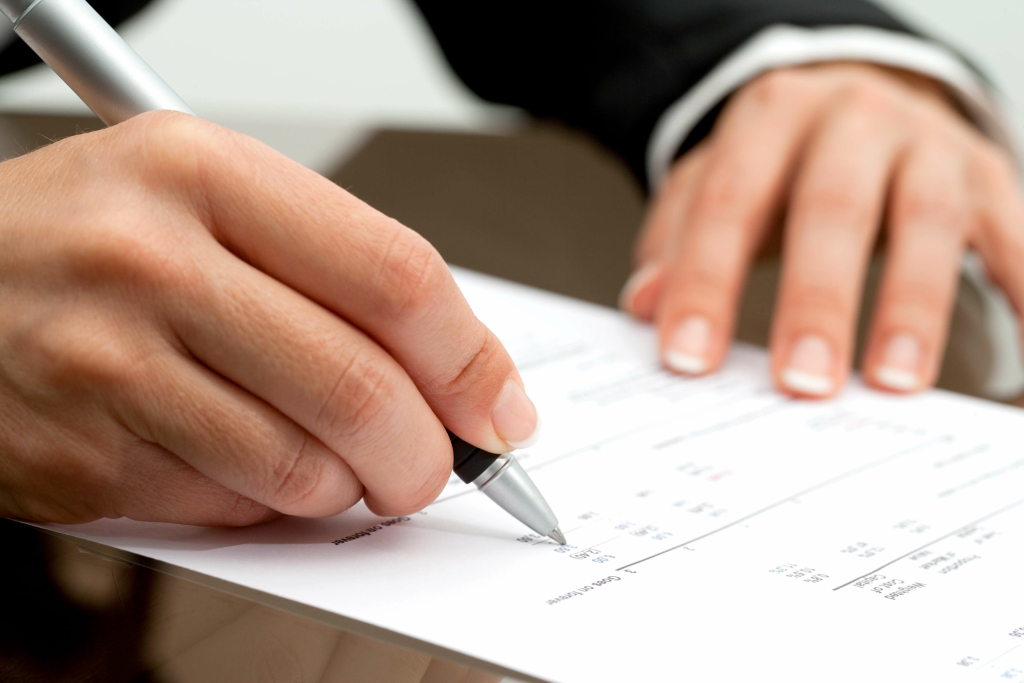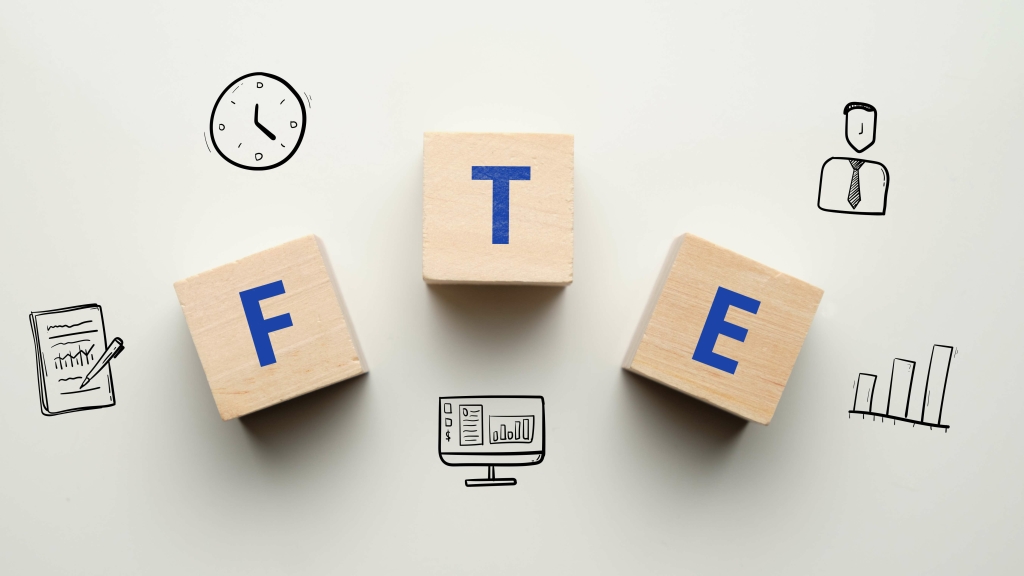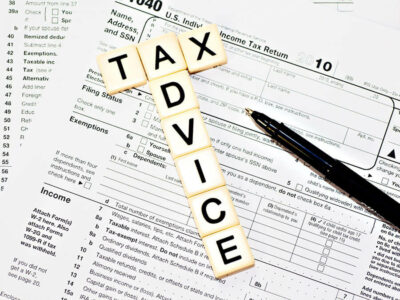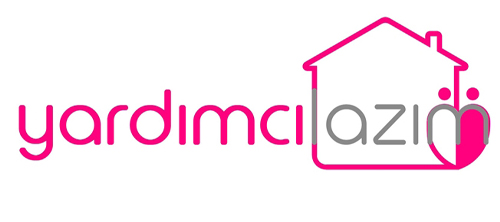
Transitioning to straight-line depreciation is a https://beijinglxxy.com/oregon-tax-tables-2025-tax-rates-and-thresholds-in-3/ common practice with the Double Declining Balance method. This switch occurs when the straight-line method, applied to the remaining book value, yields a higher annual depreciation expense than the DDB method. The goal is to maximize the depreciation deduction over the asset’s remaining useful life, especially as DDB amounts naturally decrease.
Double the straight-line rate

Over time, this leads to a lower accumulated depreciation and higher net carrying value in the later years. The double declining bookkeeping balance (DDB) method is an accelerated depreciation method. It recognizes a larger portion of an asset’s cost as depreciation expense in its earlier years, contrasting with methods that distribute cost evenly. Declining balance method of depreciation is an accelerated depreciation method in which the depreciation expense declines with age of the fixed asset. Depreciation expense under the declining balance is calculated by applying the depreciation rate to the book value of the asset at the start of the period.

Calculating Depreciation Expense Using DDB
- Unlike SL and UOP depreciation, DDB depreciation ignores residual value until the end of an asset’s life.
- The difference is that DDB will use a depreciation rate that is twice that (double) the rate used in standard declining depreciation.
- Transitioning to straight-line depreciation during the asset’s useful life is often necessary.
- Depreciation helps businesses match expenses with revenues generated by the asset, ensuring accurate financial reporting.
- The total amount of depreciation taken over the entire life of the asset should equal the depreciable cost (cost minus salvage value).
- Some companies use accelerated depreciation methods to defer their tax obligations into future years.
- This allocation recognizes that assets gradually lose value and utility over time through wear and tear, obsolescence, or usage.
Each year, the company deducts $10,000, providing consistent expense reporting and making it easy to forecast future profits. Assume that you’ve purchased a $100,000 asset that will be worth $10,000 at the end of its useful life. Those three arguments are the only ones used by the SLN function, which calculates straight-line depreciation. Units of production (UOP) depreciation is best for assets that will be used on an irregular basis throughout their lives. The UOP method works best for an asset whose use varies from year to year.
Formula to Calculate the Double Declining Balance Depreciation

The Double Declining Balance (DDB) method is an accelerated depreciation approach, recognizing a larger portion of an asset’s cost as an expense earlier in its useful life. One common approach is straight-line depreciation, which spreads the asset’s cost evenly over its useful life. Conversely, accelerated depreciation methods, such as the formula for double declining balance depreciation double-declining-balance method, recognize a larger portion of an asset’s cost as an expense in its earlier years.
and Reporting

First, determine the Double Declining Balance rate, which is twice the straight-line depreciation rate and remains constant throughout the asset’s life. For instance, if an asset has a useful life of 10 years, its straight-line rate is 10% (1/10), making the DDB rate 20%. The prior statement tends to be true for most fixed assets due to normal “wear and tear” from any consistent, constant usage. As a hypothetical example, suppose a business purchased a $30,000 delivery truck, which was expected to last for 10 years. Under the straight-line depreciation method, the company would deduct $2,700 per year for 10 years–that is, $30,000 minus $3,000, divided by 10. Under the generally accepted accounting principles (GAAP) for public companies, expenses are recorded in the same period as the revenue that is earned as a result of those expenses.
